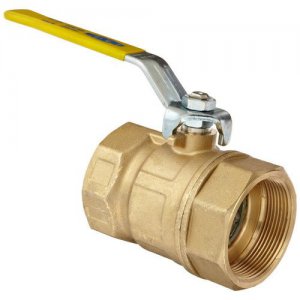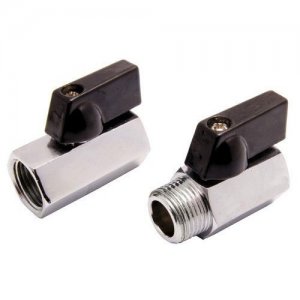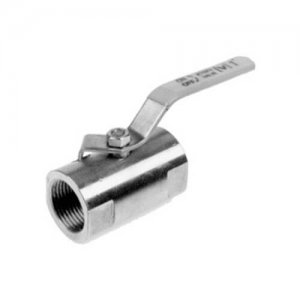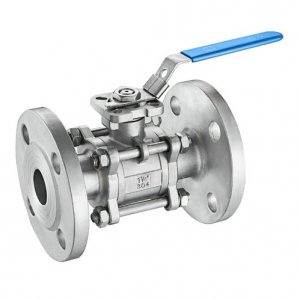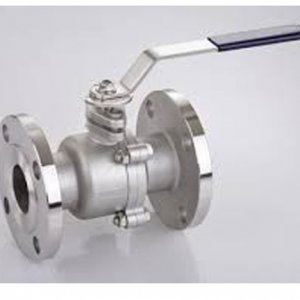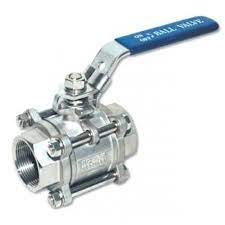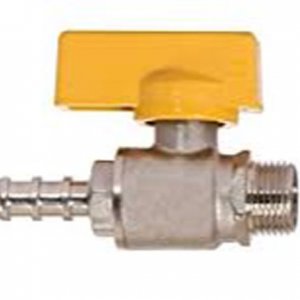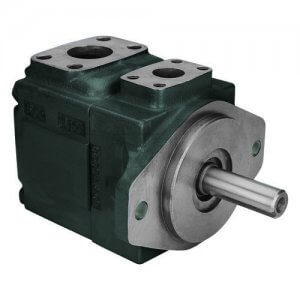
Hydraulic Gear Pump / Vane Pump
( Customer review)
There are typically three types of hydraulic pump constructions found in mobile hydraulic
applications. These include gear, piston, and vane; however, there are also clutch pumps, dump
pumps, and pumps for refuse vehicles such as dry valve pumps and Muncie Power Products.
The hydraulic pump is the component of the hydraulic system that takes mechanical energy and
converts it into fluid energy in the form of oil flow. This mechanical energy is taken from what is
called the prime mover (a turning force) such as the power take-off or directly from the truck
engine.
With each hydraulic pump, the pump will be of either a uni-rotational or bi-rotational design. As its
name implies, a uni-rotational pump is designed to operate in one direction of shaft rotation. On
the other hand, a bi-rotational pump has the ability to operate in either direction.Types of Pumps :
Gear Pump
Piston Pump
Vane Pump
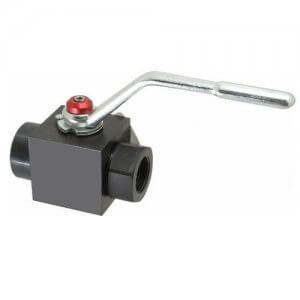
Hydraulic High Pressure Ball Valve
( Customer review)
Hydraulic ball valves are usually a kind of special stainless steel ball valves or carbon steel ball valves which are used in hydraulic industry, to control the fluid in the hydraulic systems.
Hydraulic ball valves are characterized by below features:
- Low fluid resistance, the full bore ball valve basically has no flow resistance.
- High pressure: the maximum working pressure can be up to 7500 psi (500 bar), depends on the sizes and connection type, because of this, hydraulic ball valves are also known as high pressure ball valves.
- Block body: different from the other types of ball valves such as 1 piece ball valves, 2 piece ball valves, three piece ball valves, fully weld ball valves and so on; the hydraulic ball valves body are in Square shape (Cuboids or cube). See in below picture.
- Leak-free and reliable. It has two sealing surfaces, and currently the ball valve sealing surface materials are mostly in a wide range of plastics, good sealing, can achieve a complete seal. It has also been widely used in vacuum systems.
- Hydraulic ball valves are with simple structure, small size, and light in weight.
- Easy to operate, fast to open and close, from full open to fully closed the rotation only is 90 degrees, so it is easy for remote controlling.
- Easy maintenance, ball valve structure is simple, the seal ring is generally active, and removal and replacement are more convenient.
- When fully open or fully closed, the sealing surfaces of the ball body and the valve seat are isolated from the medium. When the medium passes through, the sealing surface of the valve will not be eroded.
- Since the ball valve has wiping during opening and closing, it can be used in media with suspended solid particles.
- The end types of hydraulic ball valves to connect the hydraulic tubing usually are female BSP, NPT or UN/UNF thread, male ORFS connection or 24° cone connection.
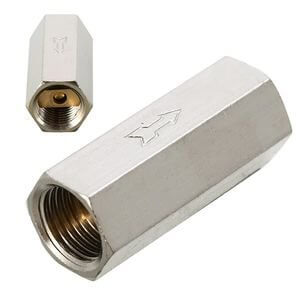
Hydraulic Non Return Valve
( Customer review)
Check valve is one flow direction valve, which ensures flow in one direction and prevents backflow. It is also known as a non-return valve and it can be used in a vertical or horizontal pipeline. The material used in the high-pressure check valve is commonly Carbon steel or stainless steel and it depends on the workability and needs in an industrial setting.It is also available in different sizes such as DN8 to DN50, usually referred to as 1/4” to 2”. The standard working pressure of the high-pressure check valve is 420 bars for size 1/4” to 1”, while pressure reduces to 315 bars from size 1 1/4” to 2” when valve sizes get bigger.
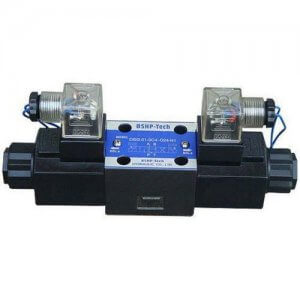
Hydraulic Direction Control Valve
( Customer review)
Directional control valves (DCVs) are one of the most fundamental parts of hydraulic and pneumatic systems. DCVs allow fluid flow (hydraulic oil, water or air) into different paths from one or more sources. DCVs will usually consist of a spool inside a cylinder which is mechanically or electrically actuated. A directional control valve is extended and retracts control for your hydraulic cylinders. It provides a flow path from the pump to the cylinders and a return path from the cylinders to the fluid reservoir.Type of direction control valve we are dealing in:
- Solenoid Operated Directional Valve
- Solenoid Controlled Pilot Operated Directional Valve
- Pilot Operated Directional Valve
- Poppet Type Directional Valve
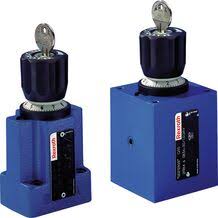
Hydraulic Flow Control Valve
( Customer review)
A flow-control valve in any hydraulic system is tasked with the regulation of fluid speed, and by regulating the rate; it can control the speed of an actuator in the system. The flow rate is also responsible for determining the rate of energy transfer at any specific level of pressureType of flow control valve we are dealing in:
- Flow Control & Check Valve
- Throttle and check valve
- Deceleration and check valve
- Feed control valve
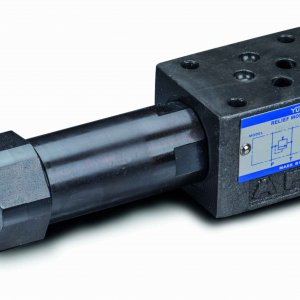
Hydraulic Pressure Relief Valve
( Customer review)
A relief valve is a device used to limit pressure in one or more locations in a hydraulic circuit. ...
As hydraulic pressure continues to rise in the circuit where the valve is installed, force against the
spool or poppet starts to overcome the opposing force of the spring, opening a flow path to the
tank.Type of pressure relief valve we are dealing in:
- Remote Control Relief Valve
- Pilot Operated Relief Valve
- Hydro-Electric Pressure Switch
- Pressure Reducing Valve
- Unloading Relief Valve
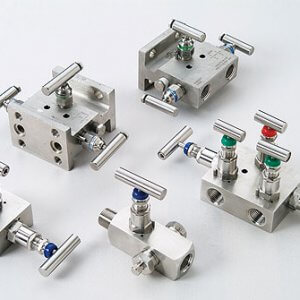
Manifold Valve
( Customer review)
Manifolds are instruments that come with one or more valves, which can be connected to a transmitter. There are some specially designed manifolds to be mounted to a pressure transmitter.They are mostly made of stainless steel, carbon steel, or alloys. Manifolds can be a perfect alternative to multivalve systems. Manifolds are widely used in sectors such as oil & gas, chemicals, wastewater, power, and so on.
They help measure static, variable, gauge, and differential pressures.
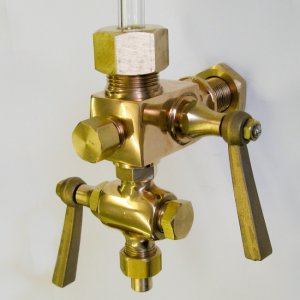
Gauge Glass Cock
( Customer review)
We provide our clients with a qualitative range of Gauge Cock Valves are widely used in various
industries to visually monitor the liquid level in tanks. The compact design of Gauge Valves
enables it to be safely located close to the tank. Available in various standard models, these
valves are appreciated by our clients for its corrosion resistance and sturdiness.Material: stainless steel, Brass
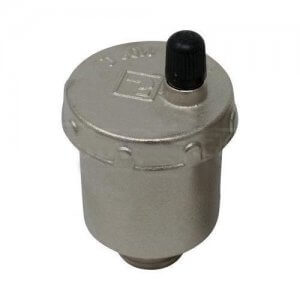
Air Vent Valve ( Air Release Valve )
( Customer review)
Air- Vent valves are used in independent, central, radiant panel heating systems & HVAC
systems, etc.OPERATION: - When there is air in the Air-Vent Valve, the force of the float weight acts on the
lever which is integral with the plug, thus causing it to move down. Air valves are hydro mechanical devices designed to automatically release air and wastewater gases or admit air during the filling, draining or operation of liquid piping systems
for water and wastewater services.
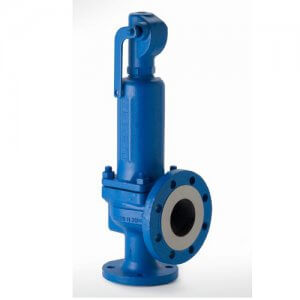
Safety valve
( Customer review)
A safety valve is a valve that acts as a fail-safe. An example of safety valve is a pressure relief
valve (PRV), which automatically releases a substance from a boiler, pressure vessel, or
other system, when the pressure or temperature exceeds preset limits. Pilot-operated relief
valves are a specialized type of pressure safety valve. A leak tight, lower cost, single emergency
use option would be a rupture disk.Safety valves were first developed for use on steam boilers during the Industrial Revolution. Early
boilers operating without them were prone to explosion unless carefully operated.Features: -
Size: - 1/2” to 1” TO 2” X 2” TO 4” X 6”
Material : - CI, WCB, IC, CF8, CF8M (OTHER MATERIAL GRADE ON REQUEST)
End Connections : - Flanged and Screwed
Operation Type : - Hand lever and closed cap
Pressure Rating : - 150# AND 300# AND OTHER CLASS AVAILABLE ON REQUEST
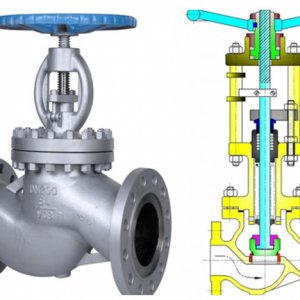
Globe valve
( Customer review)
A globe valve, different from ball valve, is a type of valve used for regulating flow in a pipeline,
consisting of a movable disk-type element and a stationary ring seat in a generally spherical body.Features: -
Size: - 25 NB TO 500 NB
Material: - CI, CS, IC, CF8, CF8M, GUN METAL (OTHER MATERIAL GRADE ON REQUEST)
End Connection : - Flanged end ANSI B 16.5, 150#, 300# and Screwed
Operation Type: - Hand wheel, gearbox or electric actuator
Pressure Rating : - 150# AND 300# AND OTHER CLASS AVAILABLE ON REQUEST
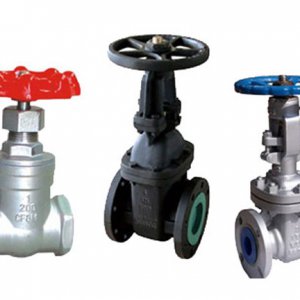
Gate valve
( Customer review)
A gate valve, also known as a sluice valve, is a valve which opens by lifting a round or rectangular gate/wedge out of the path of the fluid. The distinct feature of a gate valve is the sealing surfaces between the gate and seats are planar, so gate valves are often used when a straight-line flow of fluid and minimum restriction is desired.Features: -
Size: - 25 NB TO 500 NB
Material: - CI, CS, IC, CF8, CF8M, GUN METAL (OTHER MATERIAL GRADE ON REQUEST)
End Connection: - Flanged end ANSI B 16.5, 150#, 300# and Screwed
Operation Type: - Hand wheel, gearbox or electric actuator
Pressure Rating: - 150# AND 300# AND OTHER CLASS AVAILABLE ON REQUEST
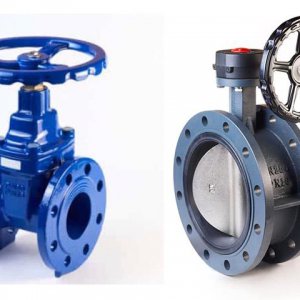
Butterfly valve
( Customer review)
A butterfly valve is a valve that isolates or regulates the flow of a fluid. The closing mechanism is
a disk that rotates.Features: -
Size : - 25 NB TO 500 NB
Material : - CI, CS, IC, CF8, CF8M, GUN METAL (OTHER MATERIAL GRADE ON REQUEST)
End Connection: - Wafer, Lug & Flange Type Suitable To Mount Between 150# Flanges
Operation Type: - Hand Lever, Gear Box It Assist Proportion Opening and Locking At Desired Opening
Pressure Rating : - 150# AND 300# AND OTHER CLASS AVAILABLE ON REQUEST
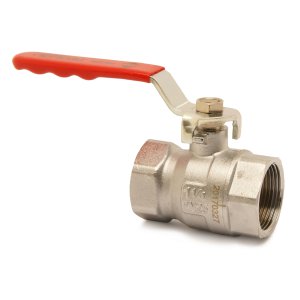
Ball valve (MS SS BRASS)
( Customer review)
A ball valve is a form of quarter-turn valve which uses a hollow, perforated and pivoting ball to control flow through it. It is open when the ball's hole is in line with the flow and closed when it is pivoted 90-degrees by the valve handle. The handle lies flat in alignment with the flow when open, and is perpendicular to it when closed, making for easy visual confirmation of the valve's status. We have wide range of Quality ball valves from 8 MM in size to 80 MM
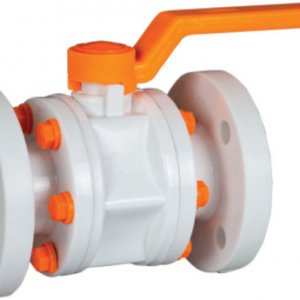
P. P. ball valve
( Customer review)
The PP Industrial Valves are ideally designed to be used in various industries for regulating the
flow of viscous and non viscous fluids. These valves are manufactured using
graded polypropylene material in different sizes, dimensions and finishes.Construction: 3 piece design, 1 piece stem (spindle), full bore, Teflon seated
Standard: As per manufacturer’s
Connection end: Flanged as per ANSI B 16.5 (150#) & BS 10 (Table D/E/F) & DIN STD.
M.O.C. Available: PP (Polypropylene)
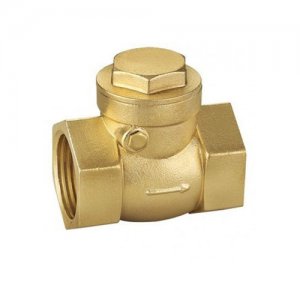
Brass check valve
( Customer review)
The main purpose of a check valve in a system is to prevent backflow, which could damage equipment or contaminate media upstream. Check valves are generally installed in pipelines to prevent backflow. A check valve is basically a
one-way valve, in which the flow can run freely one way, but if the flow turns the valve will close to
protect the piping, other valves, pumps etc.There are basically two type of check valve:
- Vertical check valve (Non return valve)
- Horizontal check valve (T type)
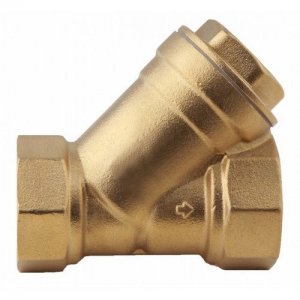
Brass Y type stainer
( Customer review)
Y-Strainers are devices for mechanically removing unwanted solids from liquid, gas or steam lines by means of a perforated or wire mesh straining element. They are used in pipelines to protect pumps, meters, control valves, steam traps, regulators and other process equipment.
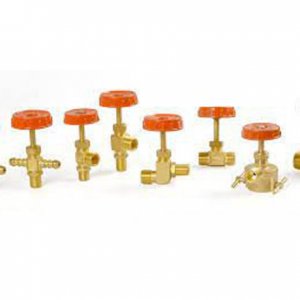
Brass gas valve / needle valve / F valve
( Customer review)
Gas cocks are shut-off ball type valves commonly used in installation of residential and commercial appliances and heating equipment such as gas stoves, fireplaces, water heaters, boilers, furnaces, etc. They are compatible with natural, manufactured, liquefied petroleum gas (LPG or propane) or air mixtures of such.
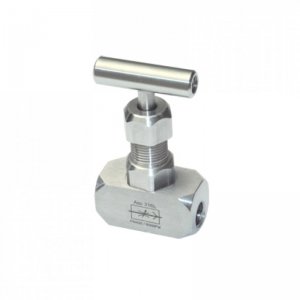
Round / square needle valve
( Customer review)
A needle valve is a type of valve having a small port and a threaded, needle-shaped plunger. It allows precise regulation of flow, although it is generally only capable of relatively low flow rates.

